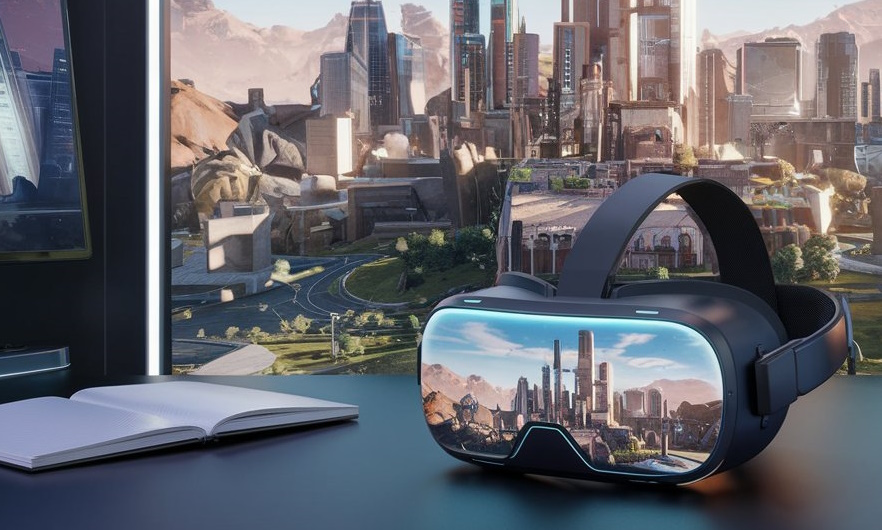This thesis examines the optimization process of 3D graphics content when developing applications for standalone VR headsets. The project was developed with Unreal Engine 5, and the target device was Meta Quest 3.
Besides the methods for optimization, this thesis presents common settings for VR development inside Unreal Engine 5, and ways to examine graphics content and the rendering process in the engine and in the Meta Quest Developer Hub software.
Finnair case as an example
An Airbus A-350 cockpit model that Helsinki XR Center developed with Finnair as a part of the XR-SPACE project is used as an example in the thesis. In the VR application the cockpit model forms the level with which the user interacts, and so it is the main target of the optimizations. The outside environment is not important. Game logic is not a part of the thesis.
The biggest challenges during the project were keeping the GPUs workload in check, ensuring the texts in textures stayed readable, and finding the right settings in the engine. With the means showcased in this thesis, the problems were solved in a satisfactory manner, and a basis for future VR development in Unreal Engine 5 was formed.
Find out more about the Finnair case from a former news item on the XR-SPACE project website.
Text and photo (AI generated) by Katariina Saarela.


